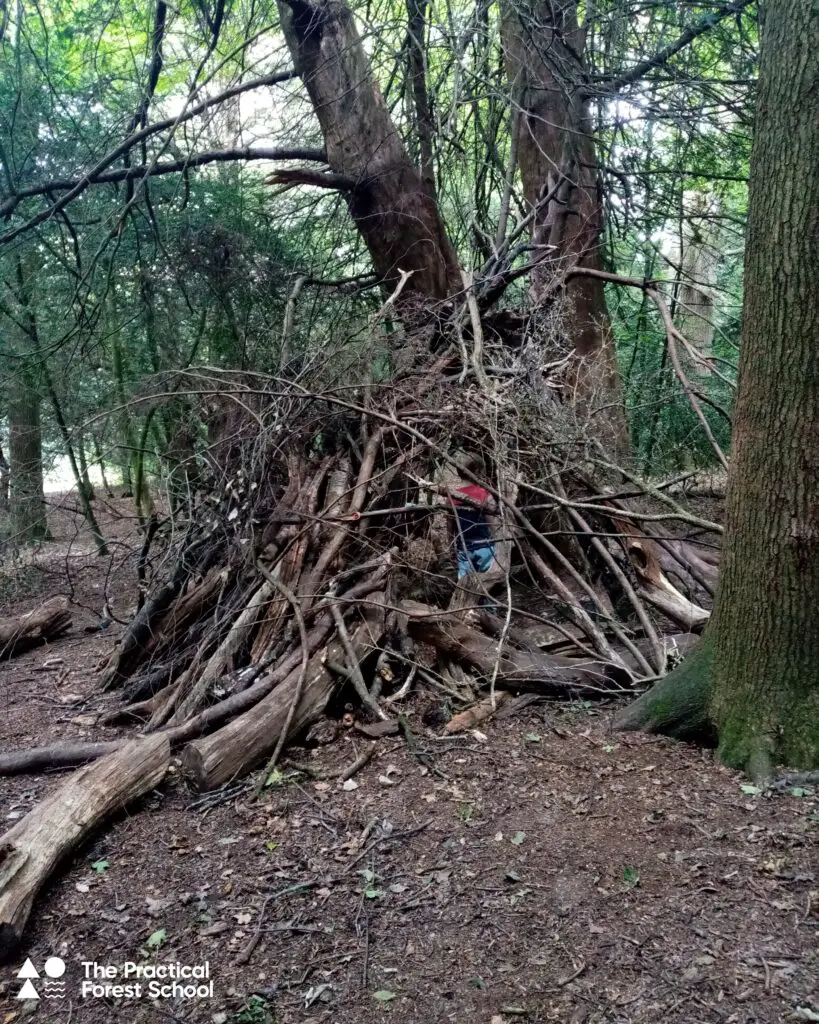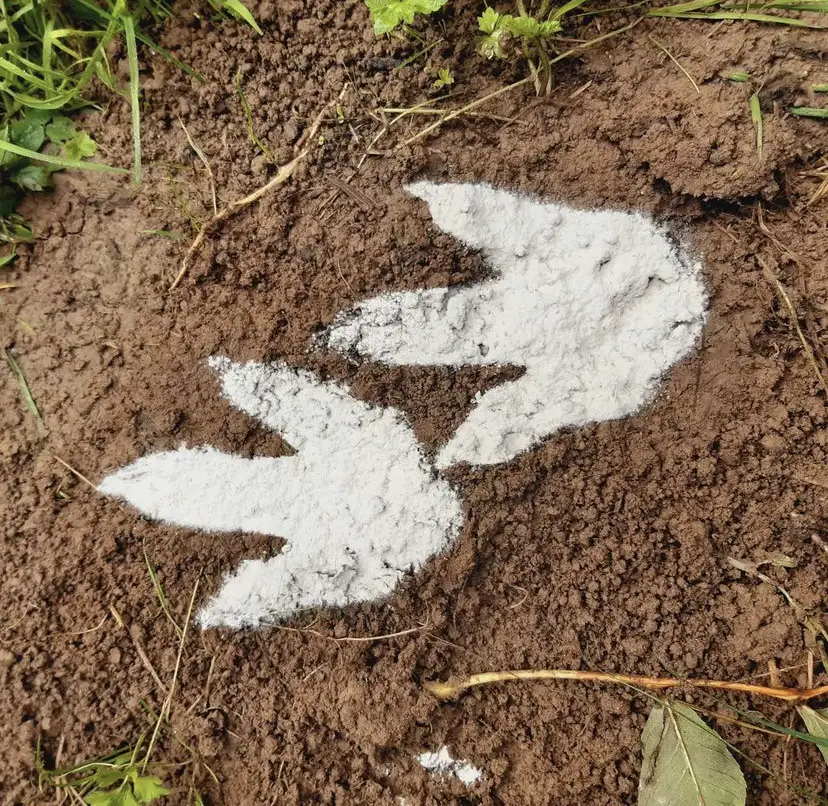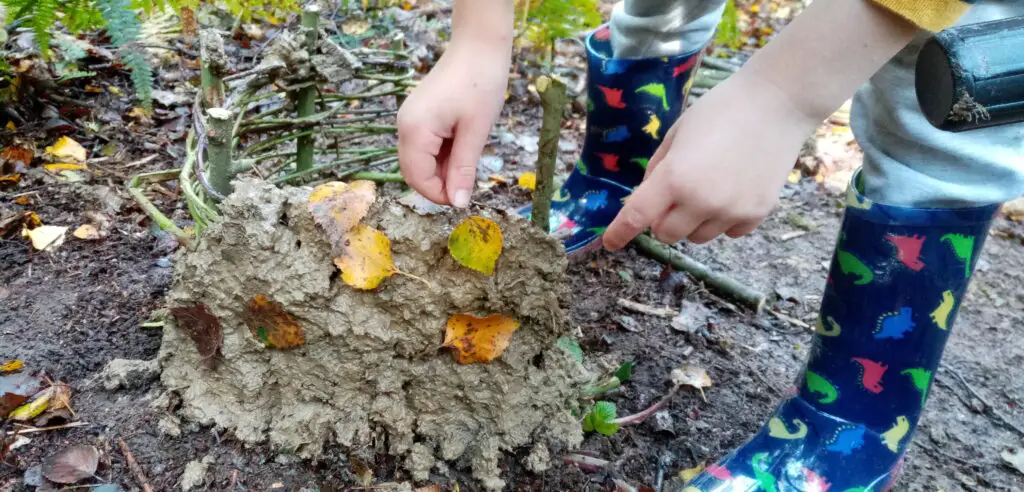15 Things to Do in the Forest (For Free)
Getting ready to go out into the forest? Here are 15 fun activities for people of all ages that can be enjoyed in a forest near you. Whether you are up for a short walk or a longer trek or cycle ride, there are so many benefits and so much beauty to find amongst the trees.
1. Look for mini beasts
You’re outside. There are going to be a lot of creatures to discover! Lift a log and see what’s underneath. Shake a tree and see what falls out. Peer into the bark or the stump of a fallen tree and see what you can find.
2. Make a den
Or play in a den that’s already been created! Since lockdown, our local woodlands and forests are full of structures that have obviously been created by children playing. Make a quick check to see if you think they are safe, and then head inside!
What could you add to the den to make it bigger, taller, better or more water-proof? What can you find lying around to make your own?

3. Make an animal shelter (or fairy shelter)
If you can’t find enough materials to make a human-sized den, children might like to build an animal shelter or fairy shelter instead. It’s the same den construction, but on a smaller scale! Alternatively, a pile of sticks can become an insect hotel.
4. Follow a trail
There are miles of trails – even in the smallest woodlands. Walk or cycle round the forest – bring your own bikes if you have them to save having to hire them. Just be outside in the natural environment.
There are lots of other ways you can explore too. If you have your own horse, or access to a horse, you could trek through the forest. If you have a budget, some forests have Segway trails.
Check the grading of trails. For not-so-experienced mountain bikers, even the so-called easy trails can be a challenge!
5. Track animals
OK, in a publicly-accessible forest, where you are joining with many other families walking around, it is unlikely that you’re really going to ‘track’ any animals. But you could look out for footprints and other signs that animals have passed by (like poo – what child doesn’t love a conversation about poo?).

With this kind of animal tracking, try to work out what animal you have spotted from the clues it leaves behind.
6. Go birdwatching
Many nature reserves have hides along the trail, and while you might not find hides in a forest, you’ll definitely find birds. Look for evidence of birds like nests and droppings, and listen out for their calls.
Take binoculars and a spotter’s guide to identify the species that you see.
7. Have a picnic
Take some food and a blanket or tarp, and sit down for a meal. Eating together is a lovely activity in its own right, and being outdoors somehow makes it more special.
Remember to take home all your rubbish.
8. Play Poohsticks
Ah, the classic game of Poohsticks! If the forest you are visiting has flowing water and a bridge, you are all set. We spend a long time doing this whenever we are out with the kids. There is an art to picking the right stick!
9. Go forest bathing
Forest bathing is often advertised as a paid-for activity with a guide, and you can get a lot out of that experience. However, you can also just walk into a quiet area of the wood, sit or lie down and close your eyes for a while. Listen to what you can hear. Smell what is around you. Use your senses to connect with the environment.
In my experience, children don’t take away the same things from forest bathing as adults. Due to the way their brain develops, they find relaxation through repetitive action such as whittling in the same way that adults would find relaxation through lying down for 30 minutes and absorbing what’s out there in the natural environment.
There was an interesting discussion about this that I had with some forest school leader colleagues at the Under One Tree conference one year. The takeaway is that forest bathing is an activity probably more suited to adults than children, if you are going out with your family.
10. Do bushcraft activities
Bushcrafting includes things like whittling sticks, setting a fire, weaving brambles into baskets and so on. Many of these activities would or could overlap with what is offered in a forest school setting like our after school clubs, and you do need specialist equipment and a bit of knowledge some of the time to make sure the activity is safe. So perhaps this one isn’t exactly free!

If you know people who are forest school leaders or bushcraft instructors, see if you can invite them on your woodland walk!
11. Explore the rocks
Some forests have cave systems you can explore with a guide, although there will be a charge for that activity.
Even if you don’t have a forest like that near you, often you’ll find rock formations that are safe and fun for climbing on, around or in, like small, shallow caves where you can play hide and seek.
Depending on the type of forest and how the environment has been shaped over the years, you might find rock walls running through the woods, with trees at the top and bottom, carving a channel through the landscape.
Take care when rock climbing and follow any safety notices that you see.
12. Use an audio guide
Check to see if the forest you are visiting has an audio guide. This might be made available as a podcast or audio download from the organization that manages the forest. These can help you get off the beaten track and discover smaller pathways.
13. Watch the railway
Is there a railway nearby? Sometimes you’ll find a steam railway on the map. Can you find a location in the forest where you can see the steam from the trains? Climb up high and you might be able to spot the route the train is taking through the landscape!
14. Go stargazing
In the winter months, it gets dark here around 4pm which is not at all late for the kids to be outside. If there’s somewhere you can go away from the light pollution of the towns and cities, you’ll be able to see a huge range of stars on a clear night.
Check the opening times of the forest you are visiting though – many will close to visitors at dusk.
15. Play!
Some forests that are actively managed as tourist locations will have recreation areas for children such as playgrounds or play zones. In my experience, these are most likely to have wood structures, willow domes and similar things – you’re unlikely to find bright metal or plastic play equipment, but that’s a good thing!
Even if your forest doesn’t have a dedicated adventure play zone, you can play any number of games like hide and seek, make believe games, and turn the woodland into your own personal playground by balancing on fallen logs.
There are lots of benefits of forest fun, from getting fresh air and exercise to meeting up with friends in a socially distanced kind of way. We have had some great days out, and I’m sure there will be many more.
The best things about being outside are specific to you and your family. Maybe it’s the peace and quiet. Maybe it’s the chance for the kids to run off some steam. Perhaps you love the opportunity to spot birds or animals in their natural habitat.
Whatever the outdoors means to you, it has a lot to offer. Where will you go next?

About the author: Jon Borley
Jon qualified as a Level 3 Forest School Leader with the Sussex Wildlife Trust. He works independently as a practitioner running forest school clubs and also within schools both in a forest school capacity and as an outdoor learning teaching assistant, working with preschoolers to secondary-aged children. He has previously led sessions for adults as part of professional development events for the Sussex FSA, and is a member of MIAS.